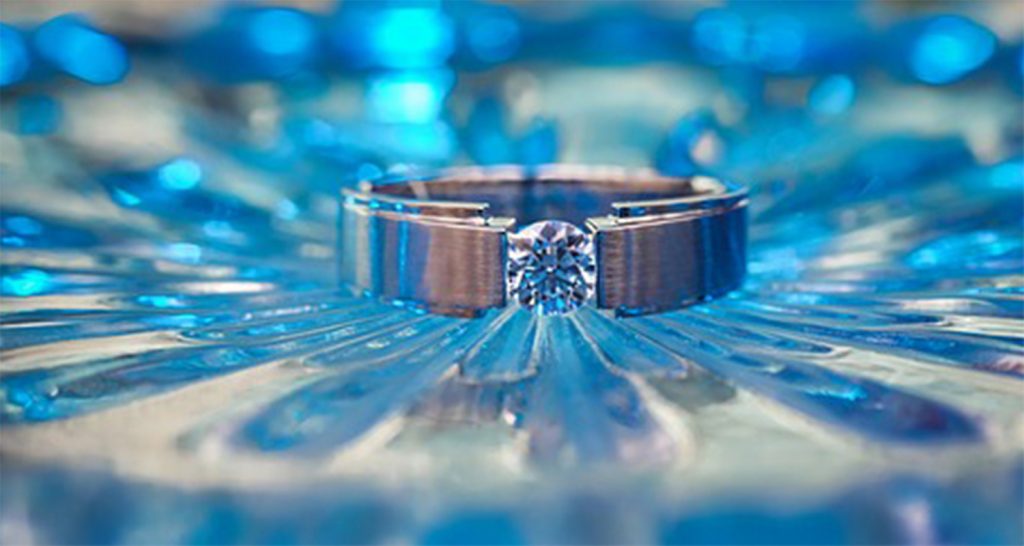You’ve heard about the 4 C’s in diamonds, especially when choosing an engagement ring, but what do they actually mean?
The 4 C’s – cut, colour, clarity and carat – refer to the standards by which the quality of diamonds are assessed and allows one to compare diamonds.
Cut
The cut is important for the diamond’s overall beauty, as it determines how well the diamond unleashes light. This is not to be confused with the shape of the diamond. Cut refers to the diamond’s light performance (in layman’s terms, how much it sparkles). The cut will determine how the stone refracts and reflects light. A perfect stone (balanced and symmetrical) will be cut in such a way that the light that enters it will only reflect out the top of the stone, therefore making it very sparkly. A diamond that is cut too shallow or too deep will cause the light to leak out of the sides or bottom of the stone which causes a loss of shine. The sparkle of a well cut diamond can make it appear larger and you can therefore opt for a smaller carat weight. Who knew, right?!
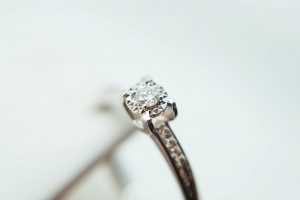
Colour
Strangely enough, this actually refers to the lack of colour found in a diamond. The less colour, the more rate it is. Diamonds are graded on a scale of D-Z; with D (or white diamonds) being completely colourless. D-F are considered colourless and are therefore the most expensive. G-I are near colourless and slightly less expensive while J-Z have noticeable colour in the stone. Only diamond experts can actually tell the difference in anything higher than a G grading, so if budget is a consideration but you still want a white-looking diamond, a G or H grade diamond will be perfectly fine.
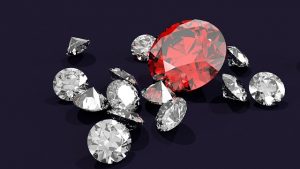
Clarity
Measures the imperfections found in the diamond in terms of number, size and position on a scale that ranges from imperfect to flawless. Internal imperfections are referred to as inclusions and external as blemishes. Clarity is often considered the least important of the 4 C’s due to the fact that the imperfections are often microscopic and depending on the location of the inclusions found in the stone, they can be hidden with the right ring setting.
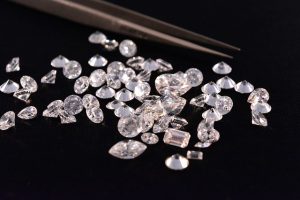
Carat
Refers to the weight of the diamond, not the size. Two different shaped diamonds can have the same carat weight but appear slightly different in size. With a larger carat weight, the colour becomes more visible and therefore needs to be taken into consideration.
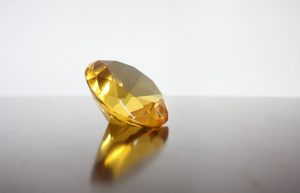
Once you understand the 4 C’s, you will need to think about which one is the most important to you when choosing your ring.


